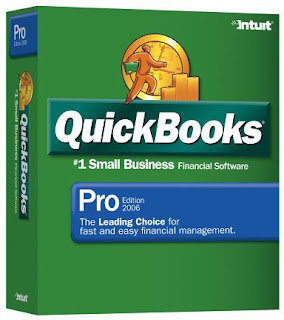If you've ever worked with/for a factoring company at any capacity, you may have heard a hot headed portfolio manager throw out the term "UCC 9-404 - No right to offset." All to often this portion of the Uniform Commercial Code is loosely interpreted incorrectly, and used to protect poor verification and lazy due diligence on the part of the accounts receivable factoring company.
Usually, 9-404 is wrongly interpreted to mean that if a factor verifies an invoice with a debtor and specifically inquires about any exisiting claims regarding this specific invoice - anything that could potentially offset the payment back to the factor - and they are told there are no claims, then the invoice verified is free and clear of any claims that the debtor may have on file. This is close - but also dangerously far away.
Here is the actual UCC 9-404.
9-404. RIGHTS ACQUIRED BY ASSIGNEE; CLAIMS AND DEFENSES AGAINST ASSIGNEE.
(a) [Assignee's rights subject to terms, claims, and defenses; exceptions.]
Unless an account debtor has made an enforceable agreement not to assert defenses or claims, and subject to subsections (b) through (e), the rights of an assignee are subject to:
(1) all terms of the agreement between the account debtor and assignor and any defense or claim in recoupment arising from the transaction that gave rise to the contract; and
(2) any other defense or claim of the account debtor against the assignor which accrues before the account debtor receives a notification of the assignment authenticated by the assignor or the assignee.
The portion that most concerns us in this case is section (a). The attourney for my
former factoring company explained this to me to mean that the verification regarding claims must be done at the time the debtor is first notified of the assignment. This means that unless during the first call the factor makes to the debtor, he asks an authorized employee regarding any existing claims, that debtor will always have the right to offset factored invoices for any previously existing claims. Whether the claims pertain to factored invoices or not.
Currently Reading: The Law of Contracts and the Uniform Commercial Code






